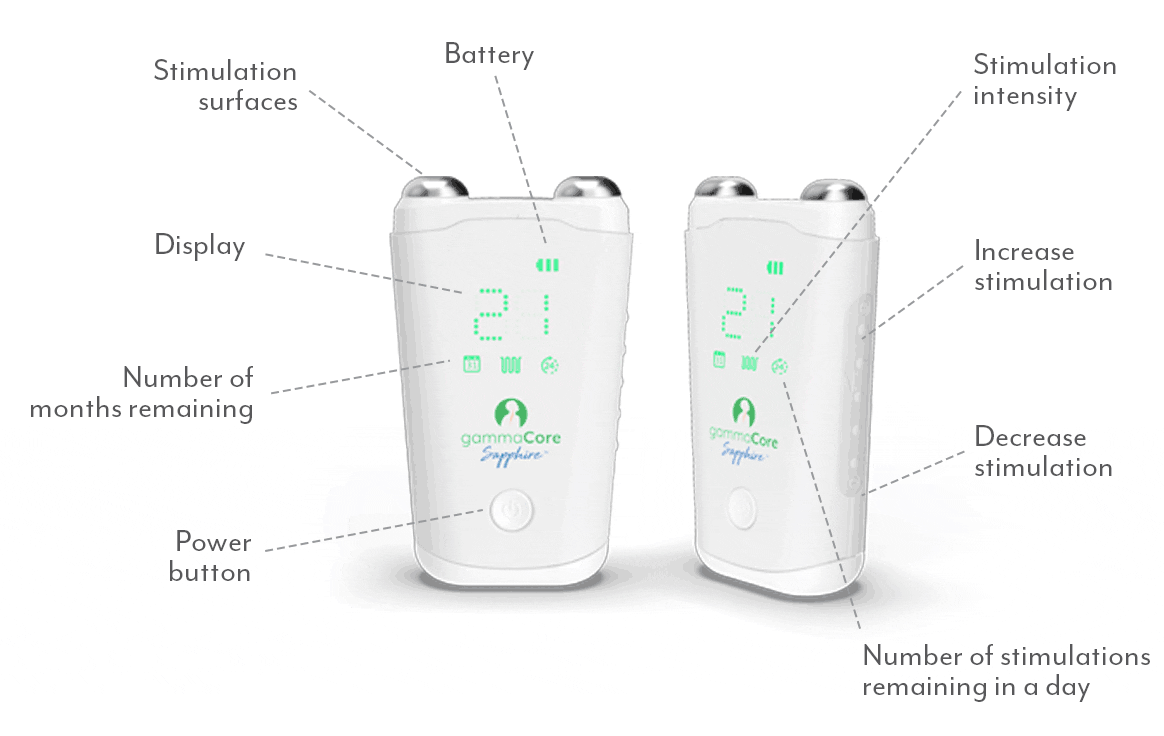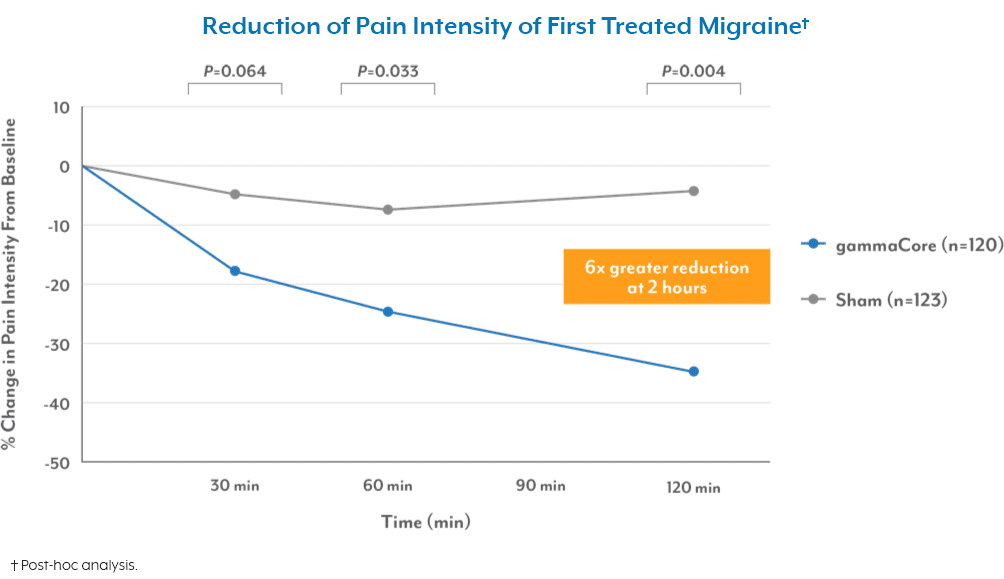
It isn’t uncommon to experience headaches from time to time. However, certain types of headaches go beyond the occasional discomfort and delve into the realm of chronic pain. One such headache disorder is hemicrania continua. If you or someone you know is experiencing constant headaches that never go away, it may be hemicrania continua. Here’s what you need to know about this condition, including what it is, its symptoms, and how to manage the pain.
What Is Hemicrania Continua and What Causes It?
Hemicrania continua is a rare and persistent type of headache that affects one side of the head or face (“hemi” means half, and “crania” means skull). Unlike typical headaches that come and go, individuals with this condition experience a continuous, ongoing headache that can range in severity but lasts for days, months, or even years.
Hemicrania continua is classified as a primary headache disorder, meaning there are typically no other underlying conditions causing these types of headaches. Health care providers still don’t know what causes hemicrania, but unlike other headache disorders, environmental factors like lack of sleep or stress don’t usually trigger symptoms.
Symptoms of Hemicrania Continua
The hallmark of a hemicrania continua headache is a constant throbbing or stabbing pain on one side of the head or face. This pain is typically moderate but can intensify in the level of severity. Unlike a migraine, which often comes with nausea and sensitivity to light and sound, hemicrania continua symptoms may also include:
- Red or teary eyes
- Pain in the eye on the affected side
- Nasal congestion or runny nose
- Drooping eyelid
Diagnosing Hemicrania Continua
If you’re experiencing persistent headaches, it’s essential to consult a health care professional for a proper diagnosis. Hemicrania continua is usually diagnosed based on the characteristic features of the headache, including its one-sided nature, continuous duration, and response to specific treatments.
In most cases, a headache may be diagnosed as a hemicrania continua headache if the individual has been experiencing pain on one side or a continuous, moderately severe headache for over three months without the pain subsiding or shifting sides. The headache must also be accompanied by at least one of the additional symptoms mentioned above.1
How to Manage the Pain
The standard treatment for hemicrania continua is a medication called indomethacin, a nonsteroidal anti-inflammatory drug (NSAID). In most cases, indomethacin can provide enough pain relief, so that you can continue your usual activities. However, not everyone responds to indomethacin, and some may experience adverse events.2
The good news is that there’s a non-drug option for relief. That’s where gammaCore™ non-invasive vagus nerve stimulator (nVNS) comes in. This portable, easy-to-use medical device provides clinically proven, reliable relief from multiple types of headache pain, including hemicrania continua. gammaCore nVNS works to prevent pain before it starts or quickly stop painful attacks when they happen with short, 4-minute treatments you can do yourself. gammaCore is FDA-cleared and available with a prescription from your health care provider.
To see if gammaCore is right for you, visit our clinic finder to locate a health care provider near you, or contact our dedicated Customer Experience team at 888-903-2673 or customerservice@electrocore.com.
References
1. (n.d.). Hemicrania Continua. National Institute of Neurological Disorders and Stroke. Retrieved November 15, 2023, from https://www.ninds.nih.gov/health-information/disorders/hemicrania-continua
2. Marmura, M. J., Silberstein, S. D., & Gupta, M. (2009). Hemicrania continua: Who responds to indomethacin? Cephalalgia, 29(3), 300-307. https://doi.org/10.1111/j.1468-2982.2008.01719.x



